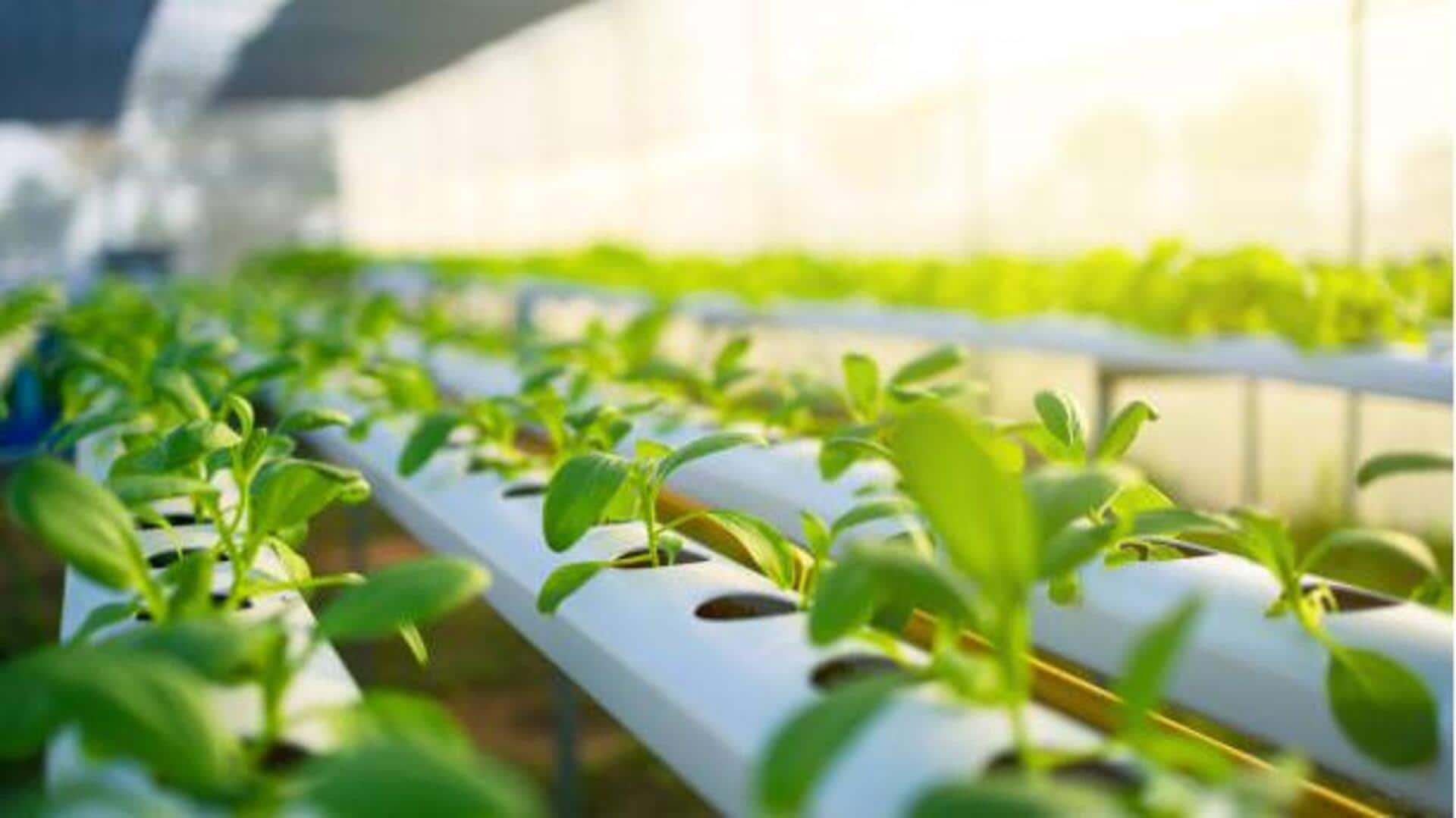
How to grow plants without soil
What's the story
Reviving pot-bound plants can be a tricky task, especially when soil is out of the equation. However, innovative solutions can help rejuvenate these plants and restore their health. By focusing on alternative methods, gardeners can find effective ways to support their pot-bound plants without traditional soil-based techniques. Here are some insights into reviving these plants using creative approaches.
Hydroponics
Hydroponic systems for plant revival
Hydroponics is a soilless method of growing plants in nutrient-rich water solutions. It makes for an ideal solution for pot-bound plants, as it allows roots to absorb nutrients directly from the water. By setting up a simple hydroponic system, you can revive your plant's health and promote growth. This method is especially useful for those who have limited space or want to experiment with soilless gardening techniques.
Air pruning
Air pruning techniques explained
Air pruning is a technique that encourages root health by exposing them to air instead of allowing them to become pot-bound. When roots reach the edge of the container, they dry out and stop growing further. This stimulates new root growth from the plant's base, leading to a healthier root system overall. Implementing air pruning techniques can significantly improve the vitality of pot-bound plants.
Nutrients
Nutrient solutions for optimal growth
Providing the right nutrients is essential for reviving pot-bound plants without soil. Using liquid fertilizers or nutrient solutions specifically designed for hydroponic systems can ensure that your plant gets all the essential minerals it needs for growth and development. Regularly monitoring nutrient levels and adjusting them as per plant requirements can yield optimal results.
Containers
Container choices impacting plant health
The choice of containers also plays an important role in reviving pot-bound plants. Opting for breathable materials like fabric pots promotes better air circulation around roots, reducing the risk of root rot and encouraging healthy growth. Further, choosing appropriately sized containers prevents overcrowding and gives enough space for roots to expand naturally.